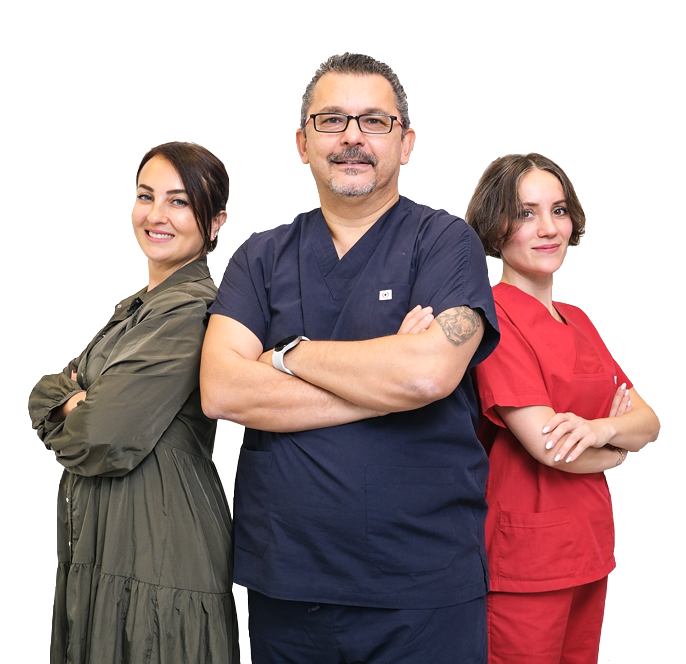What are varicose veins, what are its symptoms?
The veins that carry blood back to the heart are called veins. Unlike arteries, veins are thin-walled structures that contains very thin a muscle layer. Veins move blood towards the heart passively against gravity. These veins contain valves that keep blood flowing in one direction towards the heart. However, if these valves are destroyed as a result of some hereditary and acquired factors (such as phlebitis, pregnancy), the blood returning to the heart escapes back with the effect of gravity (reflux) and accumulates in the leg veins. Over the years, due to the increase in pressure caused by reflux, these vessels, begin to lose their integrity, and the veins, especially below the knee, swell, expand, become curved bulged and form varicose veins. Therefore, the cause of varicose veins is valve failure in the veins, and the result is varicose veins themselves.
RISK FACTORS
- Genetic (familial) factors
- Female gender
- Sedentary life
- Occupations with long standing
- Occupations with long sitting
- Obesity
- Carrying female hormones
- Hormone treatments
- Using birth control pills
- Pregnancy (having multiple births)
- Smoking
- High heels
- Wearing thights
SYMPTOMS?
- Visual leg veins, (classic varicose veins)
- The veins become curvy and bulging
- Capillary varicose veins
- Pain (Increased by standing, towards evening and relieved by extending or elevating the feet)
- Heaviness
- Edema (starting from the wrists and rising towards the evening)
- Itching
- Burning, sensation (especially at night)
- Cramps (usually at night)
- Restlessness
- Skin discoloration (blue-brown color, usually around the wrists)
- Thickening and hardening of the skin (in advanced stages)
- Wounds (in advanced stages)
You may have one or more of these symptoms. Your complaints are not proportional to the size or number of veins. In women, symptoms related to varicose veins increase during pregnancy and menstruation.
GRADING OF THE DISEASE?
- Grade 0: No visible vein disease
- Grade 1: Thin varicose veins 1-3 mm in diameter
- Grade 2: True varicose veins over 3 mm in diameter
- Grade 3: Swelling in the leg
- Grade 4: Brown-black discoloration in the skin
- Grade 5: Skin changes and healed wound around ankle
- Grade 6: Open wound (almost always on the inside of the ankle)






